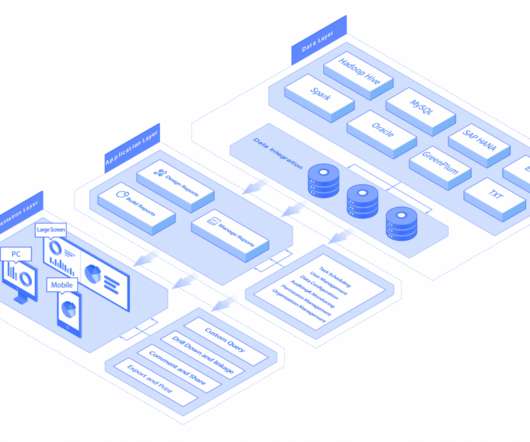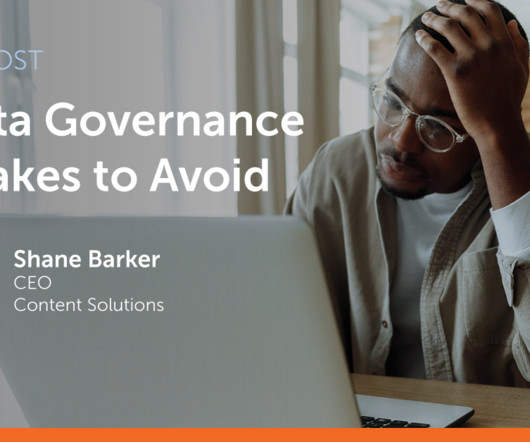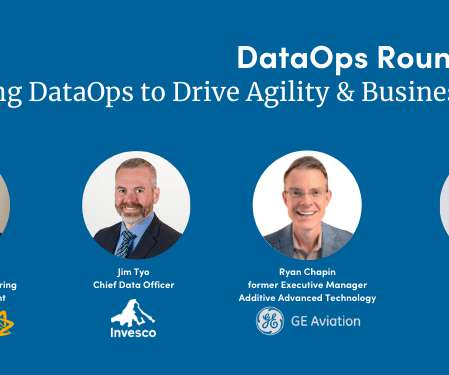Steps Companies Should Take to Come Up Data Management Processes
Smart Data Collective
MAY 16, 2022
Data management systems provide a systematic approach to information storage and retrieval and help in streamlining the process of data collection, analysis, reporting, and dissemination. It also helps in providing visibility to data and thus enables the users to make informed decisions.




























Let's personalize your content